Themed collection Cellular and Tissue Imaging – Luminescent Tags and Probes

Bioimaging based on fluorescent carbon dots
Herein, we review the bioimaging application of three kinds of fluorescent carbon dots (CDs), namely, graphene quantum dots (GQDs), carbon nanodots (CNDs) and polymer dots (PDs).
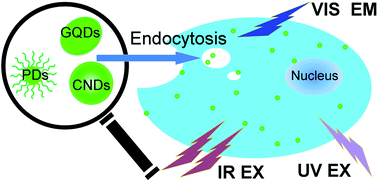
RSC Adv., 2014,4, 27184-27200
https://doi.org/10.1039/C3RA47994C
Zn(II)-coordination modulated ligand photophysical processes – the development of fluorescent indicators for imaging biological Zn(II) ions
Knowledge of Zn(II) coordination-modulated ligand photophysics is the foundation for developing fluorescent indicators that help address challenges in Zn(II) biology.

RSC Adv., 2014,4, 20398-20440
https://doi.org/10.1039/C4RA00354C
Carbon-based quantum dots for fluorescence imaging of cells and tissues
On recent advances in the development of carbon-based quantum dots, carbon dots in particular, for fluorescence imaging of cells and tissues.
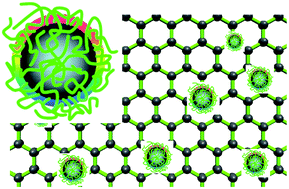
RSC Adv., 2014,4, 10791-10807
https://doi.org/10.1039/C3RA47683A
Utilization of the photophysical and photochemical properties of phosphorescent transition metal complexes in the development of photofunctional cellular sensors, imaging reagents, and cytotoxic agents
In this review article, we describe very recent applications of phosphorescent transition metal complexes in intracellular biosensing, bioimaging, and phototherapeutics.
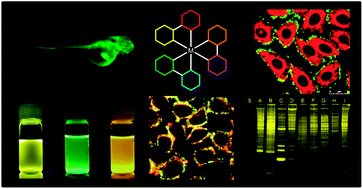
RSC Adv., 2014,4, 10560-10585
https://doi.org/10.1039/C3RA47611A
Click chemistry facilitates direct labelling and super-resolution imaging of nucleic acids and proteins
We demonstrate super-resolution imaging of proteins and nucleic acids that were densely labelled with fluorophores using the concept of “click chemistry”.

RSC Adv., 2014,4, 30462-30466
https://doi.org/10.1039/C4RA01027B
One-pot synthesis, characterisation and kinetic stability of novel side-bridged pentaazamacrocyclic copper(II) complexes
Facile, one-step syntheses for novel side-bridged pentaazamacrocyclic copper(II) complexes are described. Detailed structural and spectroscopic characterisation was performed, and stability investigated, to assess their potential as bifunctional chelators for copper radiopharmaceuticals.

RSC Adv., 2014,4, 12964-12970
https://doi.org/10.1039/C3RA47450J
Two-photon phosphorescence lifetime imaging of cells and tissues using a long-lived cyclometallated Npyridyl^Cphenyl^Npyridyl Pt(II) complex
The ‘longer’ picture: emission bio-imaging over microsecond time frame with scanning, multi-photon posphorescence-lifetime-imaging-microscopy (PLIM).

RSC Adv., 2014,4, 35003-35008
https://doi.org/10.1039/C4RA04489D
Bio-imaging with neutral luminescent Pt(II) complexes showing metal⋯metal interactions
Self-assembled platinum compounds resulting in stable, highly emissive and long-lived species are reported for cell imaging.
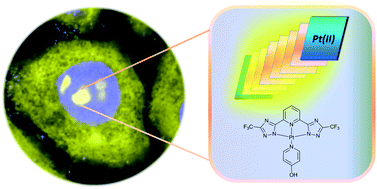
RSC Adv., 2014,4, 25709-25718
https://doi.org/10.1039/C4RA02351J
8-TQEN (N,N,N′,N′-tetrakis(8-quinolylmethyl)ethylenediamine) analogs as fluorescent cadmium sensors: strategies to enhance Cd2+-induced fluorescence and Cd2+/Zn2+ selectivity
Two 8-TQEN analogs, 6-MeO-8-TQEN (1b) and 8-TQOEPN (2c), exhibited fluorescent responses selective to Cd2+.
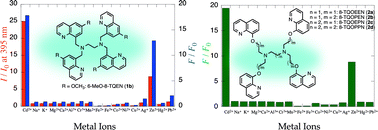
RSC Adv., 2014,4, 12849-12856
https://doi.org/10.1039/C4RA00010B
Wavelength and shape dependent SERS study to develop ultrasensitive nanotags for imaging of cancer cells
A systematic study of the factors contributing to SERS signal enhancement has lead to the development of ultrasensitive nanotags for cancer cell imaging.
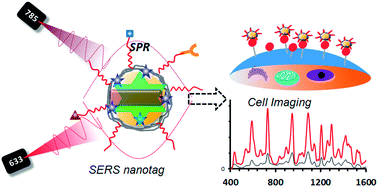
RSC Adv., 2014,4, 12415-12421
https://doi.org/10.1039/C3RA46208K
Emissive europium complexes that stain the cell walls of healthy plant cells, pollen tubes and roots
Five europium complexes have been assessed for their ability to stain live plant cells, roots and pollen tubes using time resolved imaging and spectroscopy.
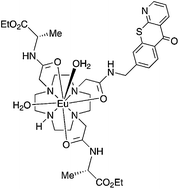
RSC Adv., 2014,4, 9356-9366
https://doi.org/10.1039/C3RA45426F
Imaging lipid order changes in endosome membranes of live cells by using a Nile Red-based membrane probe
Changes in the composition of endosome membranes during endocytosis can be imaged in live cells with the NR12S membrane probe.
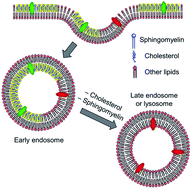
RSC Adv., 2014,4, 8481-8488
https://doi.org/10.1039/C3RA47181K
A near-infrared fluorescent sensor for selective detection of cysteine and its application in live cell imaging
We develop a NIR fluorescent sensor based on cyanine dyes for the selective detection of Cys.

RSC Adv., 2014,4, 8360-8364
https://doi.org/10.1039/C3RA47116K
Salphen metal complexes as tunable G-quadruplex binders and optical probes
The quadruplex DNA affinities of a series of metal–salphen complexes have been studied as well as the cellular uptake and localisation by confocal microscopy in the case of the platinum(II) analogues.

RSC Adv., 2014,4, 3355-3363
https://doi.org/10.1039/C3RA44793F
About this collection
Welcome to this themed collection ‘Cellular and Tissue Imaging – Luminescent Tags and Probes’. Cellular and tissue imaging provides critical tools for scientists to understand cellular functions, combat disease and develop better medicines. There is a broad range of molecules/compounds that are effective in cellular imaging, including fluorescent organic dyes, phosphorescent metal complexes, luminescent lanthanide compounds and nanoparticles. Guest Edited by Professor Suning Wang (Queen’s University, Canada) and Professor J. Gareth Williams (University of Durham, UK), this collection presents exciting research emerging from this field.